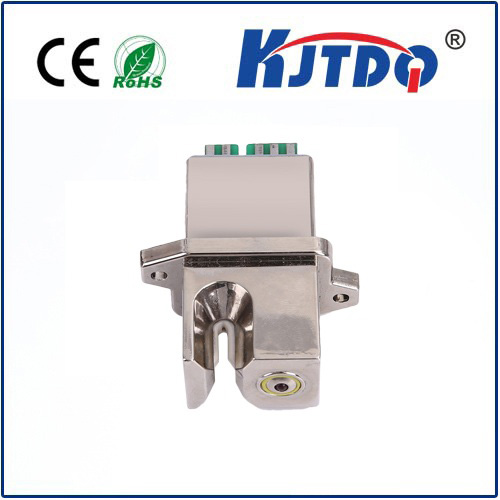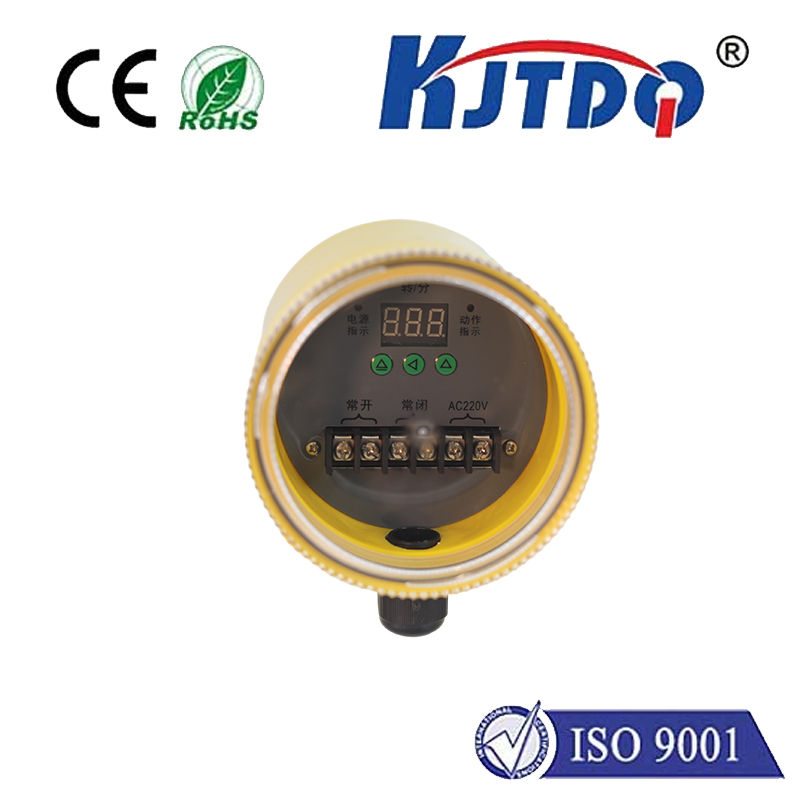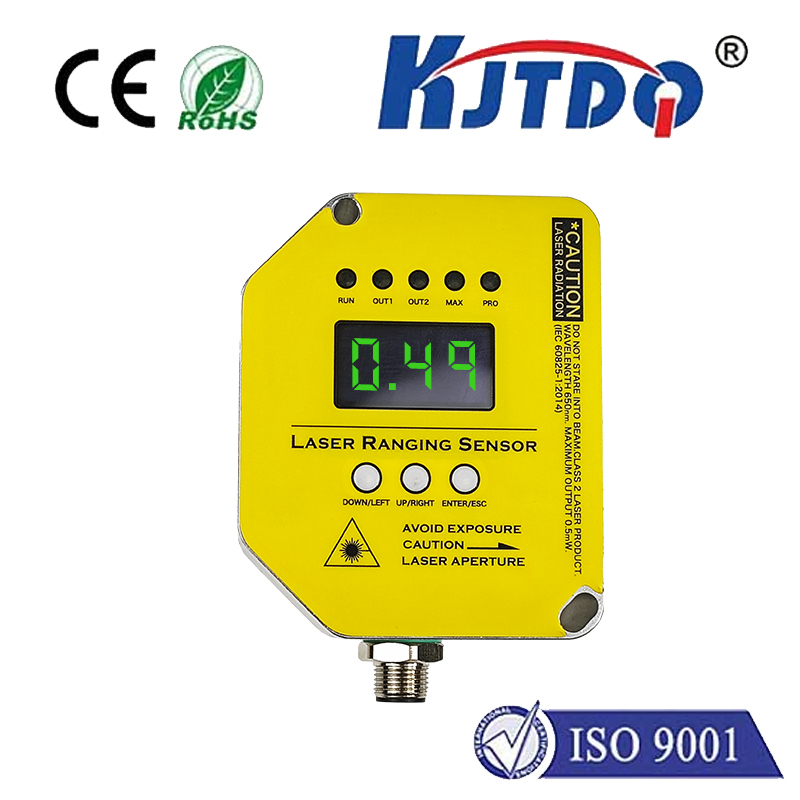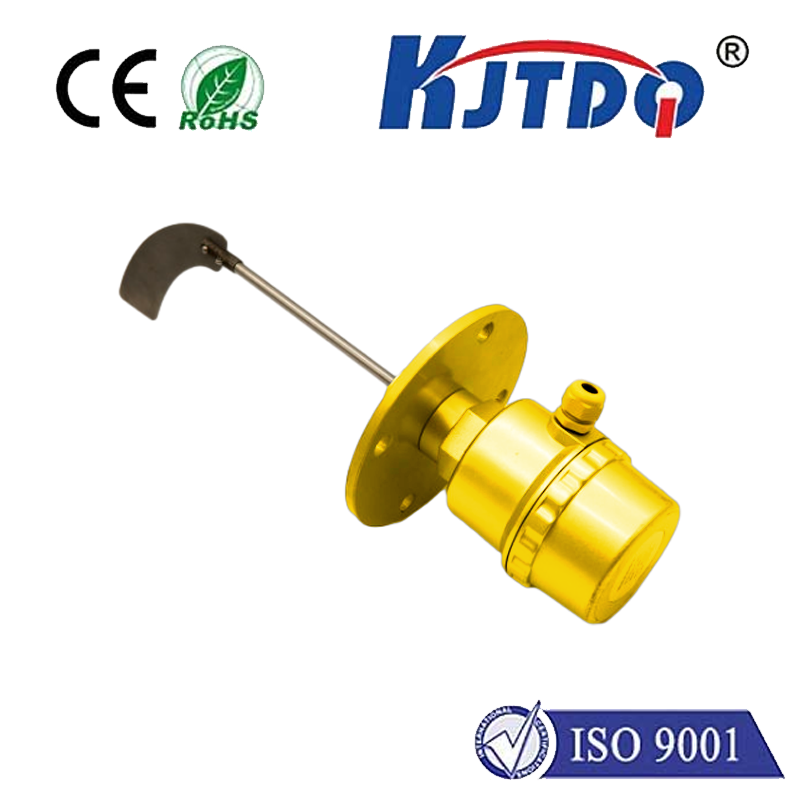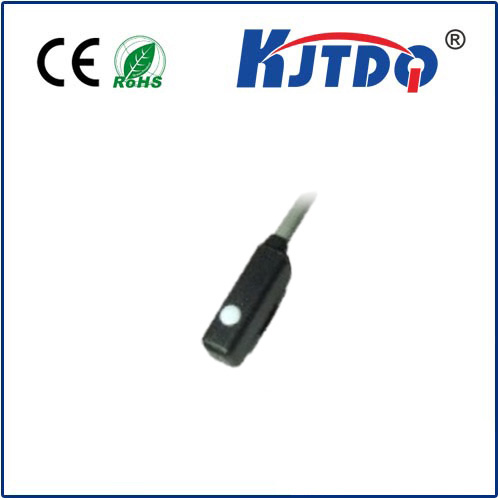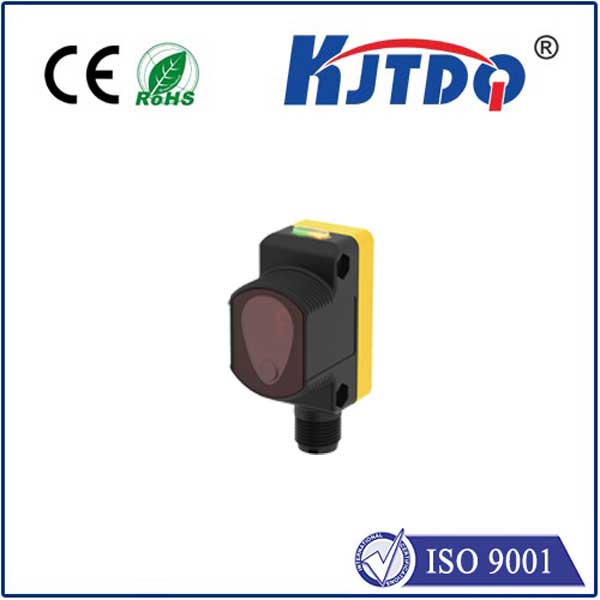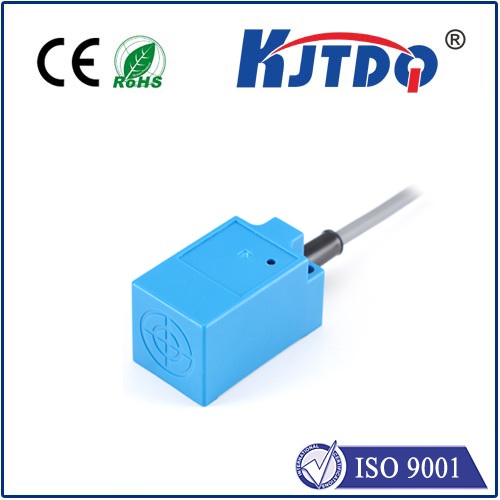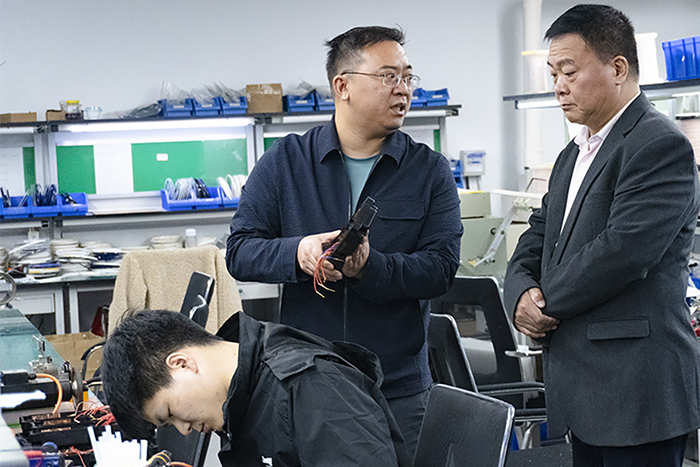
check

check

check
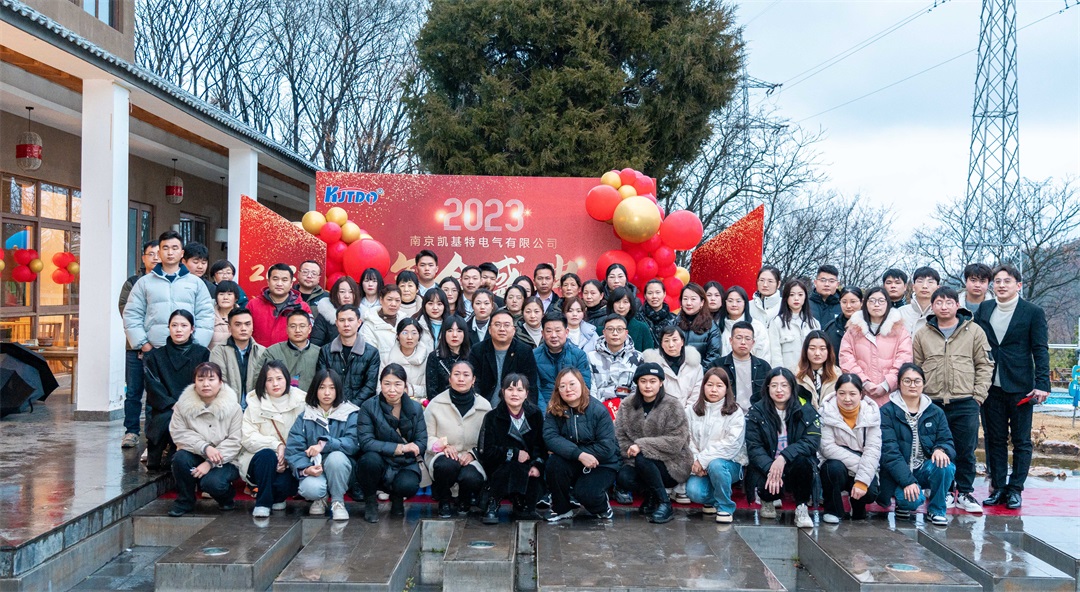
check
Laser Obstacle Sensor: Revolutionizing Safety and Efficiency in Modern Technology In a world where technology is rapidly advancing, the need for precise and reliable detection systems has never been greater. Enter the laser obstacle sensor, a cutting-edge device that is transforming industries by enhancing safety, improving efficiency, and enabling automation. Whether it’s in robotics, automotive, or industrial applications, this innovative sensor is proving to be an indispensable tool. But what exactly is a laser obstacle sensor, and how does it work? Let’s dive into the fascinating world of this technology and explore its applications, benefits, and future potential.
A laser obstacle sensor is a device that uses laser beams to detect the presence of objects or obstacles in its path. Unlike traditional sensors that rely on sound waves or infrared light, laser sensors offer unparalleled accuracy and range. The sensor emits a laser beam, which reflects off an object and returns to the sensor. By measuring the time it takes for the laser to travel to the object and back, the sensor can calculate the distance to the obstacle with remarkable precision. This technology is particularly effective in environments where clarity and accuracy are paramount. For instance, in automated manufacturing lines, a laser obstacle sensor can detect even the smallest objects, ensuring that machines operate smoothly without interruptions. Similarly, in autonomous vehicles, these sensors play a critical role in obstacle detection and collision avoidance, making them safer and more reliable.
The working principle of a laser obstacle sensor is based on time-of-flight (ToF) technology. Here’s a simplified breakdown of the process:
Emission: The sensor emits a laser beam towards the target area.
Reflection: The laser beam hits an object and reflects back to the sensor.
Detection: The sensor’s receiver detects the reflected beam.
Calculation: Using the time taken for the beam to travel to the object and back, the sensor calculates the distance to the obstacle. This entire process happens in milliseconds, allowing the sensor to provide real-time data. Advanced models can even detect multiple objects simultaneously and adjust their measurements based on environmental factors like lighting conditions.

The versatility of laser obstacle sensors makes them suitable for a wide range of applications. Here are some of the most prominent uses:
Automotive Industry: In self-driving cars, these sensors are crucial for detecting pedestrians, other vehicles, and road obstacles. They enable the vehicle’s navigation system to make split-second decisions, ensuring passenger safety.
Robotics: Robots equipped with laser obstacle sensors can navigate complex environments, avoid collisions, and perform tasks with high precision. This is particularly useful in warehouses, where robots need to move goods efficiently.
Industrial Automation: In manufacturing plants, these sensors are used to monitor production lines, detect defects, and ensure that machinery operates without interruptions.
Security Systems: Laser sensors are employed in security systems to detect intruders and trigger alarms. Their high accuracy makes them ideal for protecting sensitive areas.
Drones: Drones use laser obstacle sensors to avoid collisions with trees, buildings, and other obstacles, making them safer and more reliable for tasks like aerial photography and delivery.
The adoption of laser obstacle sensors is driven by their numerous advantages:
High Accuracy: Unlike ultrasonic or infrared sensors, laser sensors provide precise measurements, even in challenging environments.
Long Range: These sensors can detect objects at greater distances, making them ideal for applications like autonomous driving.
Fast Response Time: The real-time data provided by laser sensors ensures quick decision-making, which is critical in dynamic environments.
Compact Design: Modern laser sensors are lightweight and compact, making them easy to integrate into various devices and systems.
Versatility: They can be used in a wide range of industries, from automotive to healthcare, thanks to their adaptability.
While laser obstacle sensors offer numerous benefits, they are not without challenges. One of the main issues is their sensitivity to environmental factors like dust, fog, and rain, which can affect their performance. Additionally, the cost of high-quality laser sensors can be prohibitive for some applications. However, ongoing research and development are addressing these challenges. For instance, new materials and algorithms are being developed to improve the sensors’ performance in adverse conditions. Furthermore, advancements in manufacturing techniques are expected to reduce costs, making these sensors more accessible. The future of laser obstacle sensors looks promising, with potential applications in emerging fields like augmented reality (AR) and smart cities. In AR, these sensors could be used to create more immersive experiences by accurately mapping the physical environment. In smart cities, they could enhance traffic management and public safety by monitoring road conditions and detecting hazards in real time.
The laser obstacle sensor is a game-changing technology that is reshaping industries and improving the way we interact with the world. Its ability to provide accurate, real-time data makes it an essential component in applications ranging from autonomous vehicles to industrial automation. As technology continues to evolve, we can expect these sensors to become even more advanced, opening up new possibilities and driving innovation across various sectors. Whether you’re a tech enthusiast or a business owner, understanding the potential of laser obstacle sensors is key to staying ahead in today’s fast-paced world.
